7 interesting facts about trees you didn't know about
Categories: Beauty | History | Nature | Photo project | Science | World
By Vika https://pictolic.com/article/7-interesting-facts-about-trees-you-didnt-know-about.htmlThe fact that the leaves of trees produce oxygen, to which we owe life, you know from the first lesson in natural history. But if you think that majestic and calm trees are dormant for many years and only produce oxygen, then you are greatly mistaken. In fact, trees live their own mysterious and intense life. Learn 7 interesting facts about trees you didn't know about on Pictolic.
7 PHOTOS
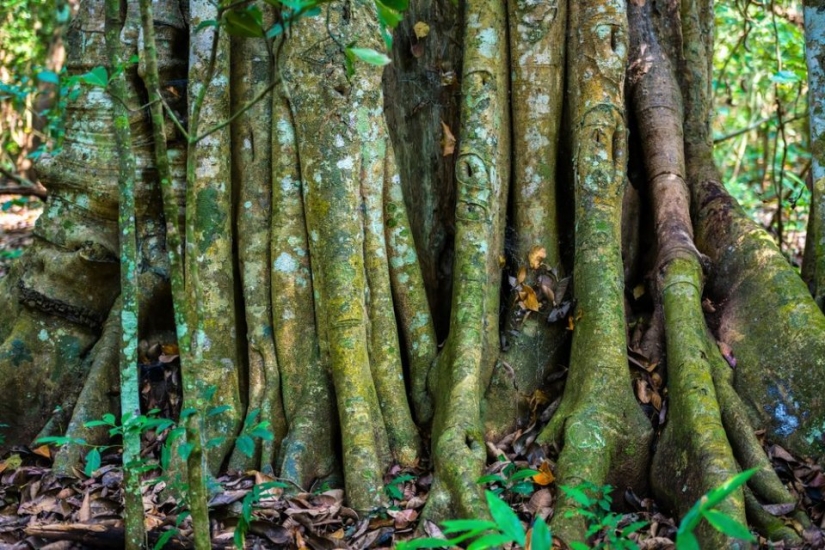
Fact 1. Fortunately, deforestation is not happening everywhere on our planet. (Photo: Shutterstock).
Trees have long served as an excellent building material for humans, especially species such as pine, oak, and larch, from which ecological houses, terraces, baths, and even moorings are made. However, deforestation on some continents such as South America, Africa, and Asia is calling into question the future of the oldest and largest forested areas on our planet. Every minute on Earth, as a result of deforestation or burning, forests equal in area to 36 football fields are decreasing. Every year, so many trees are cut down in the Amazon Basin that their territory corresponds to the size of Belgium. But forests produce about 26.6 billion liters of oxygen - more than half of the annual supply on Earth. Fortunately, Europe is the only continent where forest resources are not depleted, but constantly growing.
Did you know that pine, popular in our forests, produces enough oxygen to meet the daily requirement of 3 people?
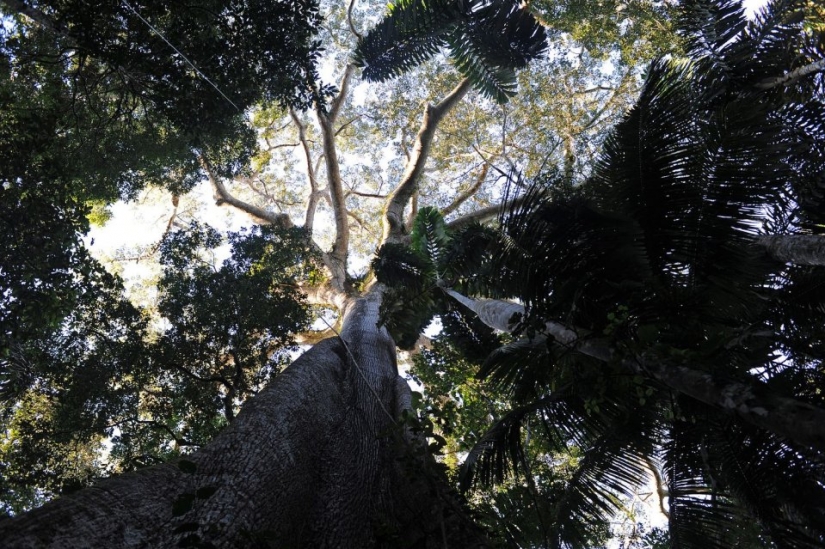
Fact 2. Trees can cause rain. (Photo: still from the film Once Upon a Time in the Woods (2013), directed by Luc Jacquet).
During the heat, the forest has an amazing aroma. It turns out that aromatic molecules, rising up, intercept water vapor in the air, and this is enough for rain clouds to form over the rainforest. Trees cause rain to survive. The roots absorb water from the soil, transferring it through capillaries to the leaves, where juices are formed, which the tree feeds on. When water stops flowing to the top, the tree stops growing.
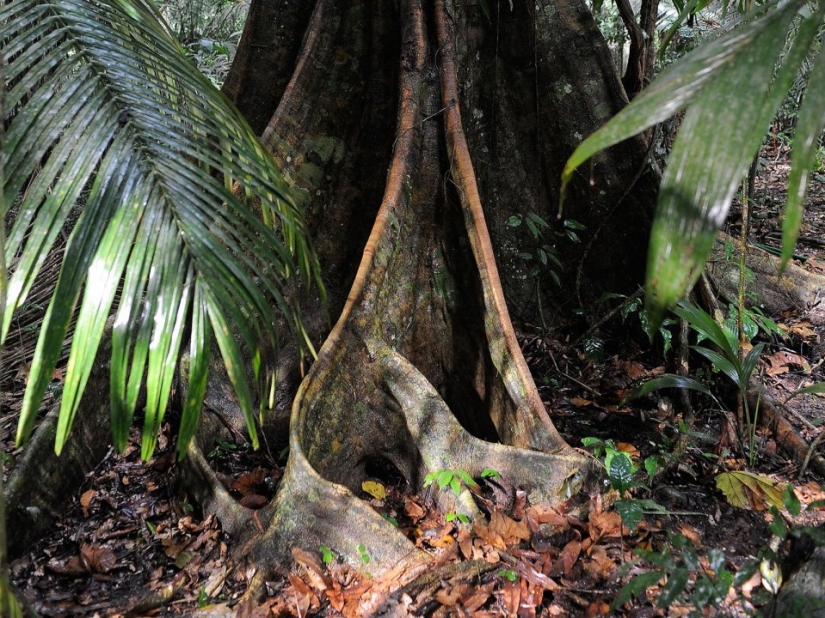
Fact 3. Trees know how to communicate with each other. (Photo: still from the film Once Upon a Time in the Woods, directed by Luc Jacquet).
Trees communicate with each other secretly, but not with the help of sounds, but emitting smells. Since we combine words into phrases, trees, in order to communicate something to each other, combine different smells, says the respected French botanist Francis Galle, who has been researching trees for more than half a century. Francis Galle believes that trees communicate not only with each other but also send messages to herbivores and insects. When someone attacks them, they send out an alarm: they produce aromatic enzymes that cause an immediate reaction of trees growing nearby. Their leaves become toxic and tasteless, thereby frightening off herbivores. Interesting fact: sometimes African forest elephants are forced to look for food elsewhere because the tree has activated a defense mechanism and dramatically changed the taste of the leaves.
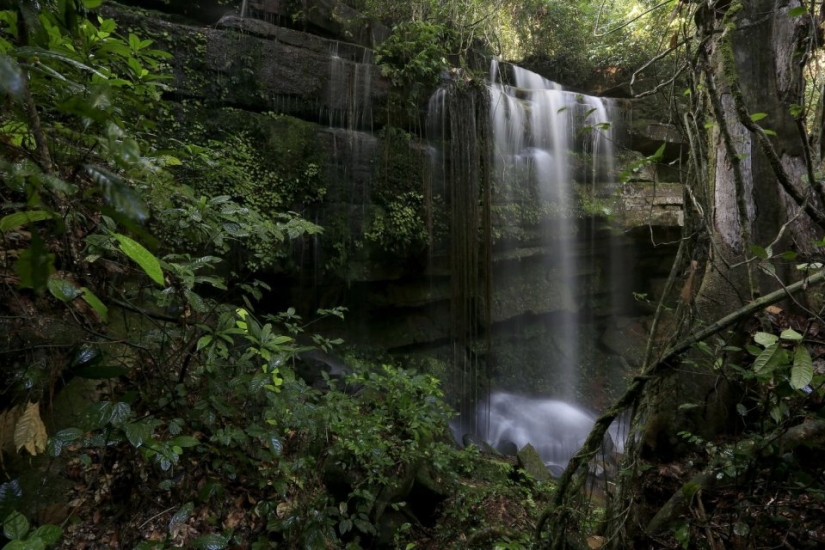
Fact 4. Forests have an amazing ability to store water. (Photo: still from the film Once Upon a Time in the Woods, directed by Luc Jacquet).
One hectare of deciduous forests accumulates and then returns to the environment about 50 m3 of water. To accumulate water, trees, or rather their roots, "cooperate" with the hyphae (filamentous formations) of fungi. Mushrooms help the roots to collect water by launching small branched hyphae into the ground. For this, the tree shares with the mushrooms its energy and nutrients, which are produced in the leaves. This unique union of fungi with trees is called mycorrhiza (the author's note is a symbiotic association of the mycelium of the fungus with the roots of higher plants).
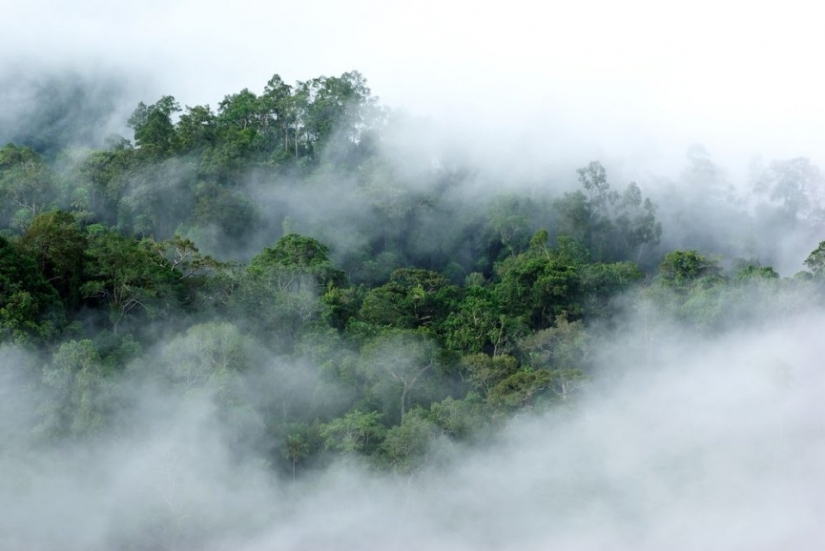
Fact 5. Tree seeds travel tens of kilometers a day. (Photo: Shutterstock).
It turns out that trees are real travelers. Of course, they do not move like animals, but only use the natural mobility of the natural world. They send their seeds not only by the wind but also by water, on the wings of birds, in the stomachs of animals, and on insects. Trees feed insects and forest animals for a very pragmatic reason: to spread their seeds around the world. The trees produce sweet, juicy, and aromatic fruits to lure the countless species of monkeys and birds that travel tens of kilometers a day in search of food. Trees produce so many fruits and seeds in order to provide the best chance of survival for their offspring and are able to adapt their strategy to environmental conditions.
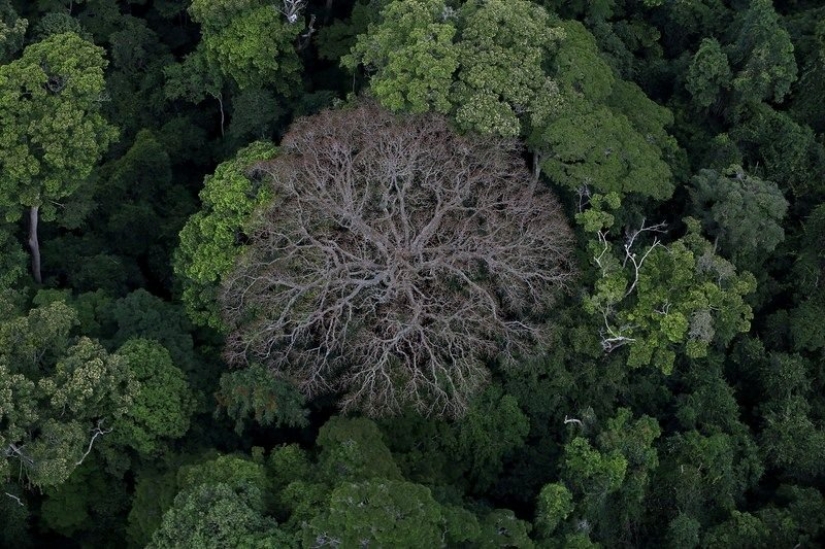
Fact 6. Trees can fight each other for life and death. (Photo: still from the film Once Upon a Time in the Woods, directed by Luc Jacquet).
And this is not a joke at all. Trees compete with each other for better living conditions: for light and access to water. Some of them even try to "fight hand-to-hand": they push the neighboring trees into the shade, exposing their leaves above the crowns of the surrounding trees. With such a survival strategy, only the growth rate is important.
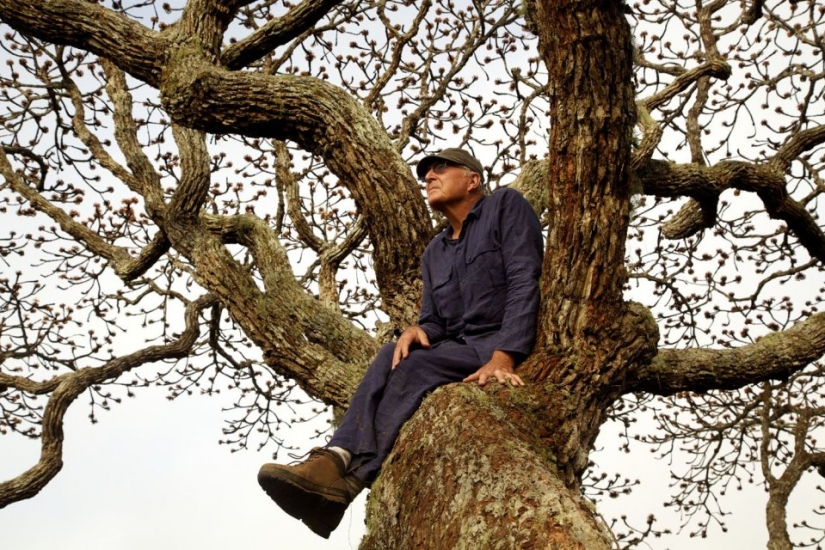
Fact 7. Trees can turn to animals for help. (Photo: still from Once Upon a Time in the Woods, directed by Luc Jacquet).
Leaves produce nutrients and energy, but if damaged by insects, they cannot efficiently receive and process sunlight. Some trees have learned to call animals for help to protect themselves from insects that eat leaves. An example is a cecropia growing in tropical forests. When it releases a new leaf, growths appear at its base, imitating ant eggs. As a result, ants gather at this plant and climb higher and higher along the trunk and thin stems, spreading all over the tree. And then cecropia can grow calmly, because ants provide it with safety, scaring away and killing caterpillars gnawing leaves.
Keywords: World | Nature | Facts | Trees | Plant | Beauty | Interesting facts | Oxygen | Natural history | Leaves | Forest | Science
Post News ArticleRecent articles

Victor Lustig is considered one of the most skillful and famous scammers in the world. He was arrested about 50 times and released ...

A small apartment is not a sentence! On the contrary, this is an occasion to turn on imagination and come up with ways to stylishly ...
Related articles

One of the most famous sayings of Horace says: "no One can know everything!". And we completely agree with his opinion. Every day, ...

Yellowstone is the first national Park in the world and also the largest of all national parks in North America. For nearly 150 ...

Walking through this picturesque bridges, you can admire the views from these stunning views and breathtaking landscapes. We invite ...

Each of us has heard at least once that "breakfast is the most important meal of the day." Spreading this truth is the work of ...